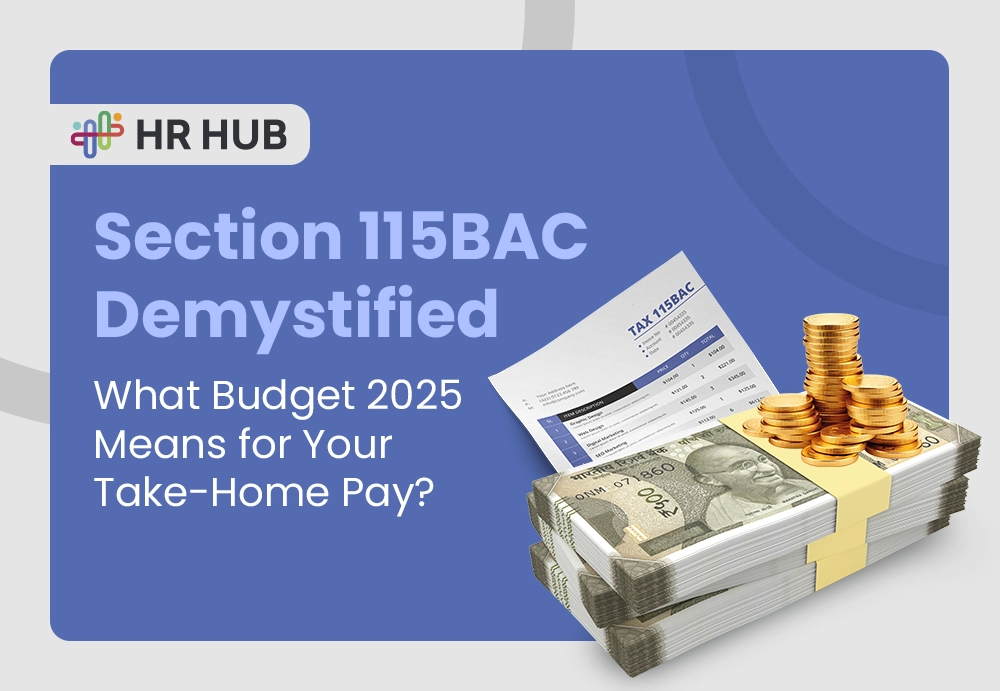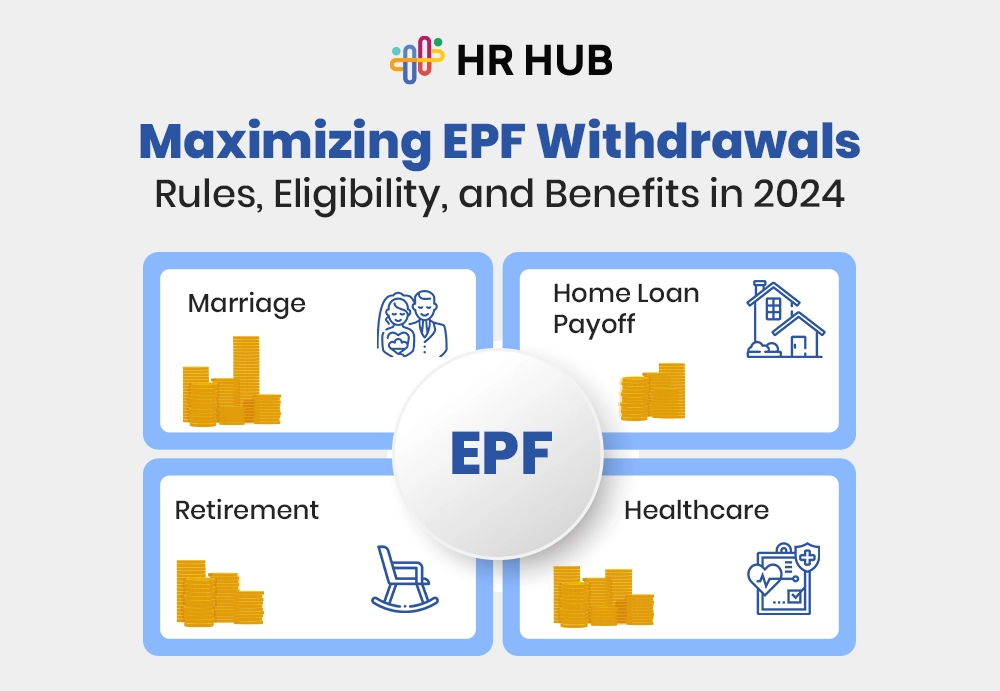Imagine this: it’s 9:00 AM, and your HR team has already processed five onboarding forms, approved three leave requests, nudged a manager about pending appraisals, and sent out policy updates — all before their first coffee.
No magic. No overwork. Just the power of digital HR transformation.
Welcome to 2025, where HR is no longer about “keeping up.” It’s about leading from the front, with data in one hand and empathy in the other. But here’s the catch—transformation isn’t a plug-and-play module. It’s a mindset shift, a culture shakeup, and a tech-powered leap into the future.
Let’s dive into what this journey looks like—not as a checklist, but as an experience.
Goodbye Filing Cabinets, Hello Cloud HR Systems
Let’s be honest: spreadsheets and paper files have overstayed their welcome. If you still need to “just check one more folder” to find an employee's exit interview from six months ago… it’s time for change.
Cloud HR systems are the new foundation of HR excellence. These platforms don't just store data—they breathe life into it.
- Your entire employee directory is accessible with a single search bar.
- Payslip generation? One click.
- Analytics on department attrition trends? Real-time.
And the best part? No more version control wars or “who edited this file?” email threads. Everyone sees the same truth, always.
Pro tip: Choose a cloud system that grows with you—whether you’re a team of 50 or scaling to 5,000.
With digital HR transformation, cloud-first isn’t an upgrade. It’s your new normal.

It’s Not Just About Software—It’s About Strategy
Let’s cut through the noise: buying a shiny new HR software isn’t the same as undergoing digital transformation. You can have the most advanced tools, but you're just automating chaos without a strategy.
Real transformation begins before the first login screen.
Think of this like urban planning—not just dropping a skyscraper anywhere. You need to ask:
- Where’s the traffic coming from?
- What are the bottlenecks?
- What do your citizens (ahem, employees) need most?
Here’s what a strategic transformation journey looks like:
1. Map Your Maturity Level
Are you still tracking attendance manually? Are your appraisals based on gut feelings? Start with a digital maturity audit—what’s your current state, and what are your biggest pain points?
This helps you avoid treating symptoms and instead solve the root problems.
2. Set a North Star (Not Just a To-Do List)
What’s your long-term vision?
- “We want to offer remote onboarding within 24 hours.”
- “We want real-time analytics on workforce performance.”
- “We want employees to feel self-sufficient with HR tasks.”
These aren’t dreams—they're strategic outcomes. Everything else (tool selection, budget, timelines) flows from here.
3. Build a Coalition of Believers
Don't just involve leadership—bring in employees, IT, and department heads. Transformation is cross-functional. Everyone should feel like a stakeholder, not a spectator.
You’re building a culture of digital confidence, not just a rollout calendar.
4. Budget for More Than Licenses
Transformation isn't just a CAPEX game. You’ll need:
- Change management programs.
- Internal marketing to get buy-in.
- Time to re-engineer processes before digitizing them.
Remember: bad processes, automated or not, are still… bad processes.
Strategy is what turns a tool into a transformation. Skip it, and even the best software will collect digital dust.
The Human Side of the Digital Revolution
Let’s pause the tech talk for a second.
Behind every automation, dashboard, and workflow is a person—a real person with concerns, habits, resistance, and hope.
And guess what? Digital HR transformation isn’t just a technical shift. It’s an emotional and cultural journey.
Here’s how you support the humans behind the transformation:
1. Acknowledge the Fear
Be honest: people might be thinking…
- “Will I lose my job to automation?”
- “What if I make a mistake in the new system?”
- “Why fix something that isn’t broken?”
Don't dismiss these concerns. Address them with transparency, training, and active listening. People aren’t afraid of change—they’re afraid of chaos.
2. Upskill, Don’t Overwhelm
Don’t throw new tools at your team and expect instant magic. Create role-specific tutorials. Appoint “digital champions” to guide others. Reward experimentation.
Make learning fun, personal, and paced.
Transformation happens at the speed of trust.
3. Keep Humanity at the Core
Use technology to amplify empathy:
- Let managers get nudged when an employee seems disengaged (based on attendance, feedback, or sentiment).
- Create AI-powered onboarding journeys that feel warm and welcoming.
- Use chatbots not just for queries, but for recognition—“Congrats on completing 1 year!”
Digital doesn’t mean distant. It should bring people closer, provide faster help, provide better feedback, and foster deeper engagement.
4. Celebrate Every Win
Highlight what’s working. Share success stories across departments:
- “Attrition dropped 12% since we implemented real-time feedback.”
- “Payroll errors went from 9% to under 1%.”
- “Our onboarding NPS just hit 94!”
Small wins build big momentum. Let your people see they’re part of something transformative, not just being transformed.

Tools That Make a Difference (And Stick Around)
Now let’s talk tools—but not just as features and specs. Let’s discuss what tools help you win in the long run.
Because let’s face it: there’s a new HR tech vendor every month. You don’t need the newest—you need the one that works seamlessly, scales effortlessly, and sticks with you as your team grows, restructures, or goes global.
Here’s the essential HR tech stack for 2025:
1. Core HR Software
The digital backbone of your operations. It should:
- Manage employee records, documents, and workflows.
- Offer self-service for employees (leave, profile updates, payslips).
- Be modular—so you can turn features on/off as you grow.
If this feels clunky or outdated, your transformation will never lift off.
2. Cloud HR Systems
This is where scalability and accessibility meet. Benefits include:
- Remote access anytime, anywhere.
- Real-time sync between teams and departments.
- Stronger data security and backup.
And let’s not forget: on-premise HR software is aging out. The future is cloud-native, not just cloud-hosted.
3. HR Automation Tools
These are the muscles. They:
- Streamline processes like attendance, payroll, and evaluations.
- Trigger actions—reminders, alerts, approvals—without you lifting a finger.
- Help reduce errors and increase turnaround time.
Think HR HUB, but built for HR. They don’t just automate—they optimize.
4. Data & Analytics Dashboards
Having data is one thing. Making decisions from it? That’s the game-changer.
- Attrition heatmaps.
- DEI breakdowns by team.
- Skill gap tracking.
Choose platforms that not only report metrics but also provide actionable insights.
The best tools don’t just make work easier. They make it smarter, faster, and more impactful.
Reinventing HR Starts Now — With HR HUB by Your Side
By now, you know the truth: digital HR transformation isn’t optional in 2025. It’s the difference between a department that survives and one that shapes your company's future.
And that’s where HR HUB comes in.
We’re not just another tool. We’re your HR evolution partner—helping you turn vision into workflows, dashboards, and impact.
With HR HUB, you get:
- Seamless cloud HR systems that simplify your workday.
- Powerful HR automation tools that remove admin headaches.
- Future-ready HR software that grows with you.
Thousands of teams have already begun their transformation. Are you ready to join them?
The journey doesn’t have to be overwhelming. Not when you have the right partner, the right roadmap, and the right reason to start.






